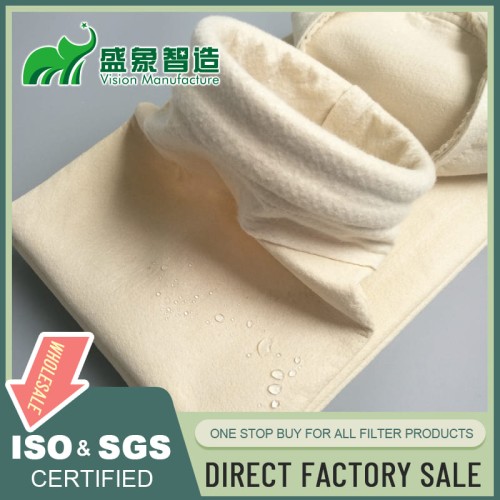The significance of filtration in industrial settings cannot be overstated. It is crucial for maintaining purity and optimizing performance across various manufacturing processes. Two primary filtration methods—depth and surface filtration—play pivotal roles. Selecting the appropriate filtration mechanism is essential to ensure quality and efficiency in production lines.
Filtration is a mechanical process that separates solid particles from fluids (liquids or gases) by passing them through a medium where the particles are trapped. Key parameters influencing filtration include efficiency, capacity, and pressure drop. Filtration mechanisms can be broadly divided into depth filtration and surface filtration, each suited to different industrial demands. Navigate the filtration landscape with Vision Filter:
Depth filtration Ideal for high-load applications, capturing a wide range of particle sizes within its volume.
Surface filtration: Efficient for removing larger particles, perfect for applications requiring frequent cleaning and reuse.
Depth and surface filtration differ significantly in efficiency, dirt-holding capacity, and pressure drop. Depth filters generally have a higher dirt-holding capacity and can handle larger volumes and sizes of particles, making them suitable for more demanding industrial applications. Surface filters, however, are easier to clean and maintain, often making them more suitable for applications with reusable needs.
Depth filtration is preferentially used in scenarios requiring the filtration of highly contaminated streams or where high-load capacity is needed. Industries such as pharmaceuticals, beverages, and water treatment facilities often rely on depth filters to ensure the purity and safety of their products.
Surface filtration finds its application primarily in industries where large particles need to be removed from gas or liquid streams without a significant pressure drop. It is commonly used in automotive,
HVAC systems, and paint applications.
The choice between depth and surface filtration is influenced by various factors including the nature of contaminants, fluid characteristics, process requirements, economic implications, and environmental considerations. Understanding these factors is critical in selecting the appropriate filtration method.
Recent advancements in filtration technology have seen improvements in the materials and design used in both depth and surface filtration. Vision Filter has been at the forefront of these innovations, contributing significantly to the development of more efficient and sustainable filtration solutions.
Maintenance needs for depth and surface filters vary. Depth filters often require more frequent replacement due to the accumulation of particles within the medium, whereas surface filters can be cleaned and reused more readily. Long-term costs, therefore, can differ markedly based on the type of filter and the specific application.
Both filtration methods impact the environment differently. Depth filters, while effective, can generate more waste due to the disposal of used media. Surface filters, on the other hand, often use less energy and can be cleaned and reused, contributing to a reduction in waste.
Various case studies illustrate the successful implementation of both filtration types in industrial settings. These include the use of depth filtration in water purification systems and surface filtration in automotive paint processes.
The future of industrial filtration is likely to involve the integration of smart systems and IoT, enabling more precise control and efficiency. Developments are expected to focus on increasing the sustainability and adaptability of filtration technologies to meet diverse industrial needs.
Tailored Solutions: We help you choose the best filtration method based on your industry's unique challenges.
Innovation at the Core: Our ongoing research ensures you benefit from the latest in filtration technology.
Make an informed decision with Vision Filter's expertise. Contact us to discuss your filtration needs and find the perfect solution.


